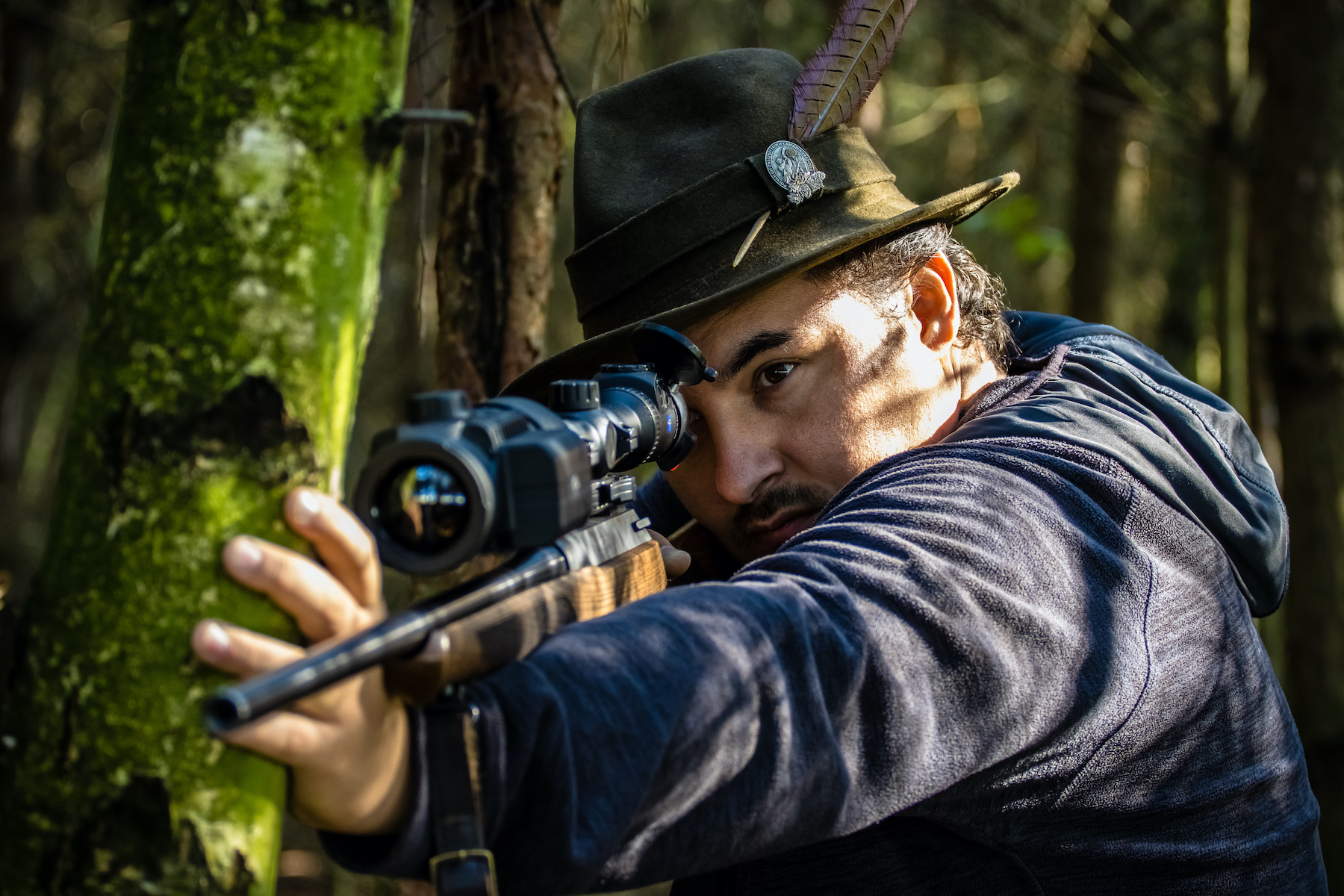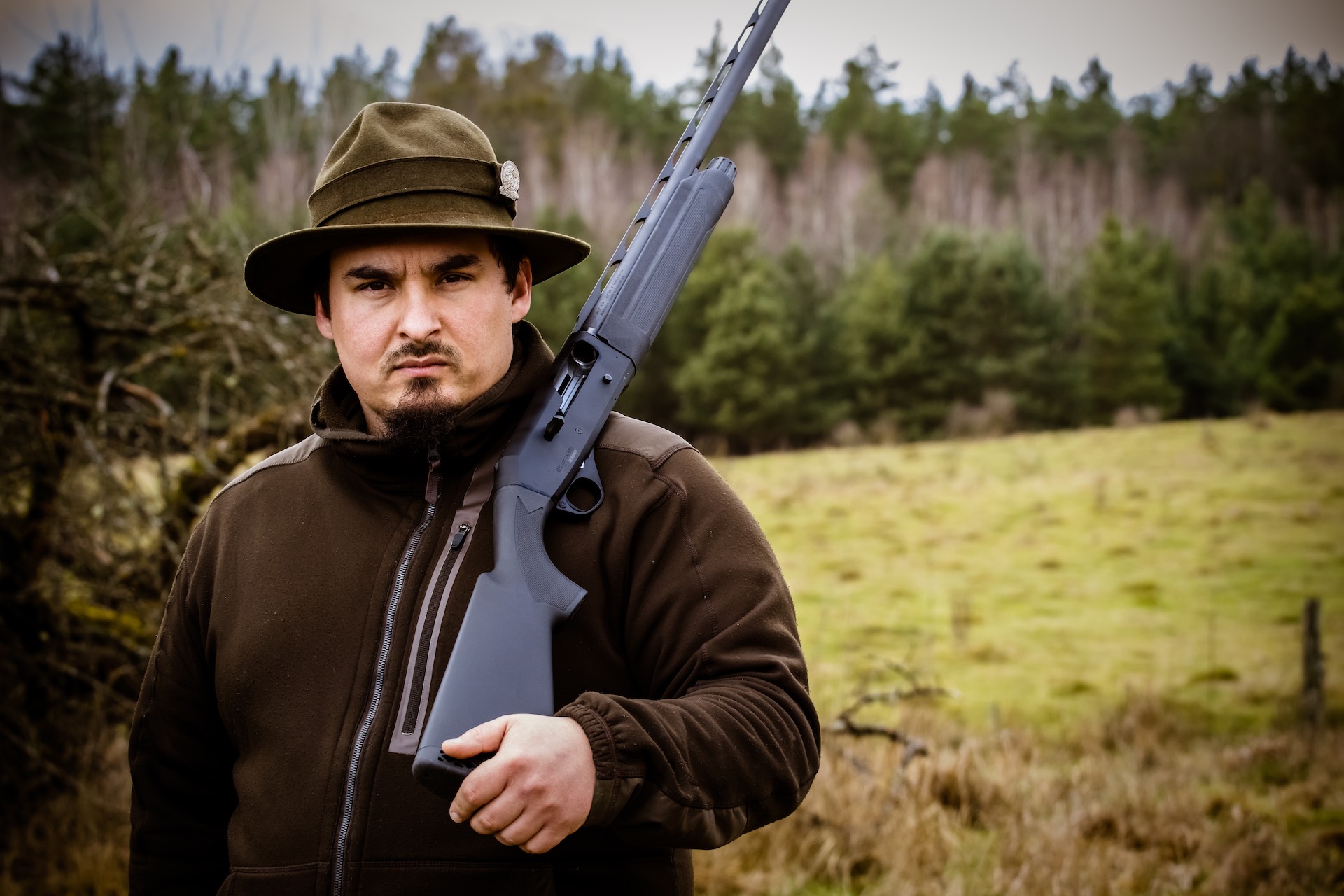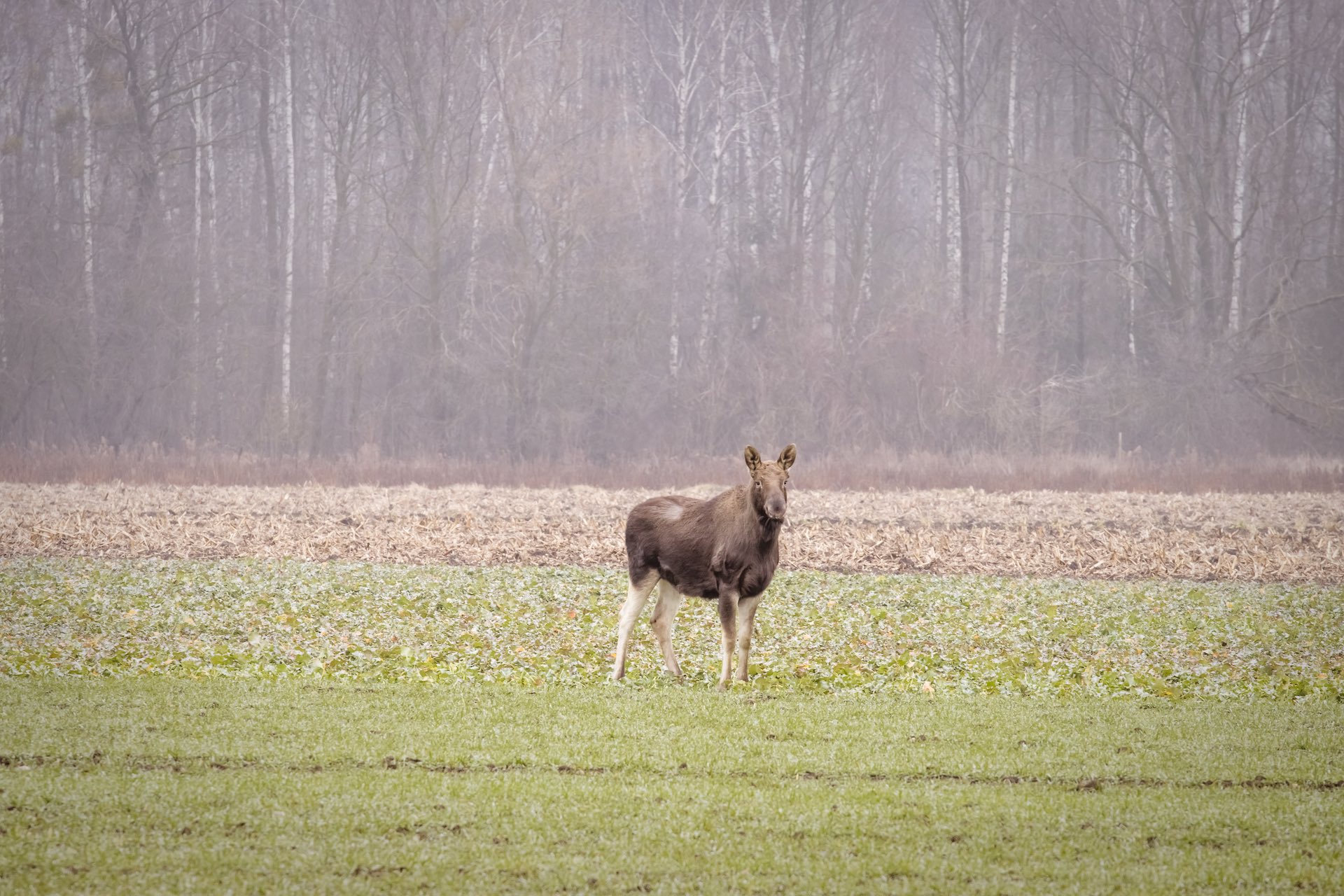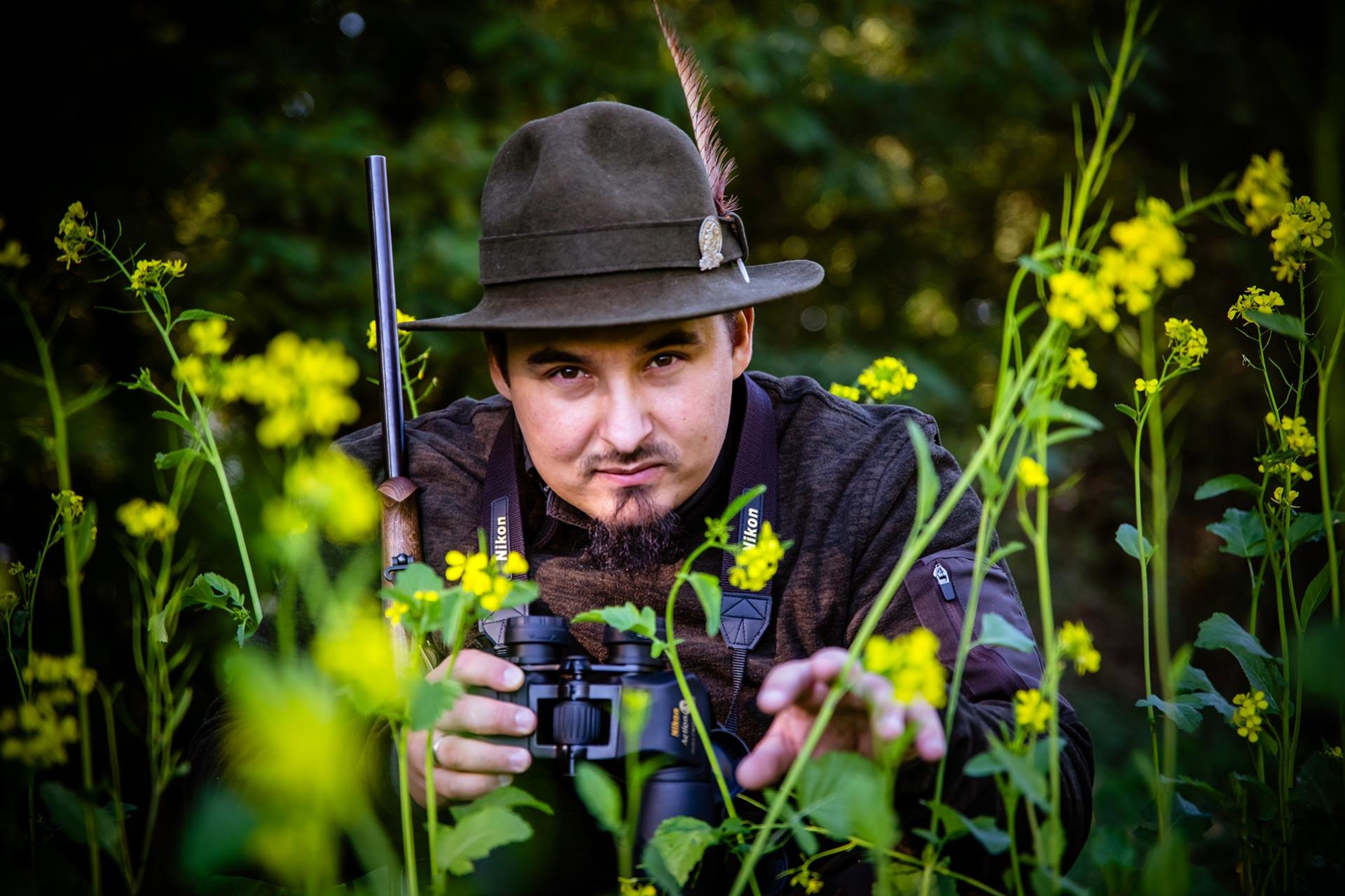
Eat meat, you’ll be healthy and happy!
29 listopada, 2018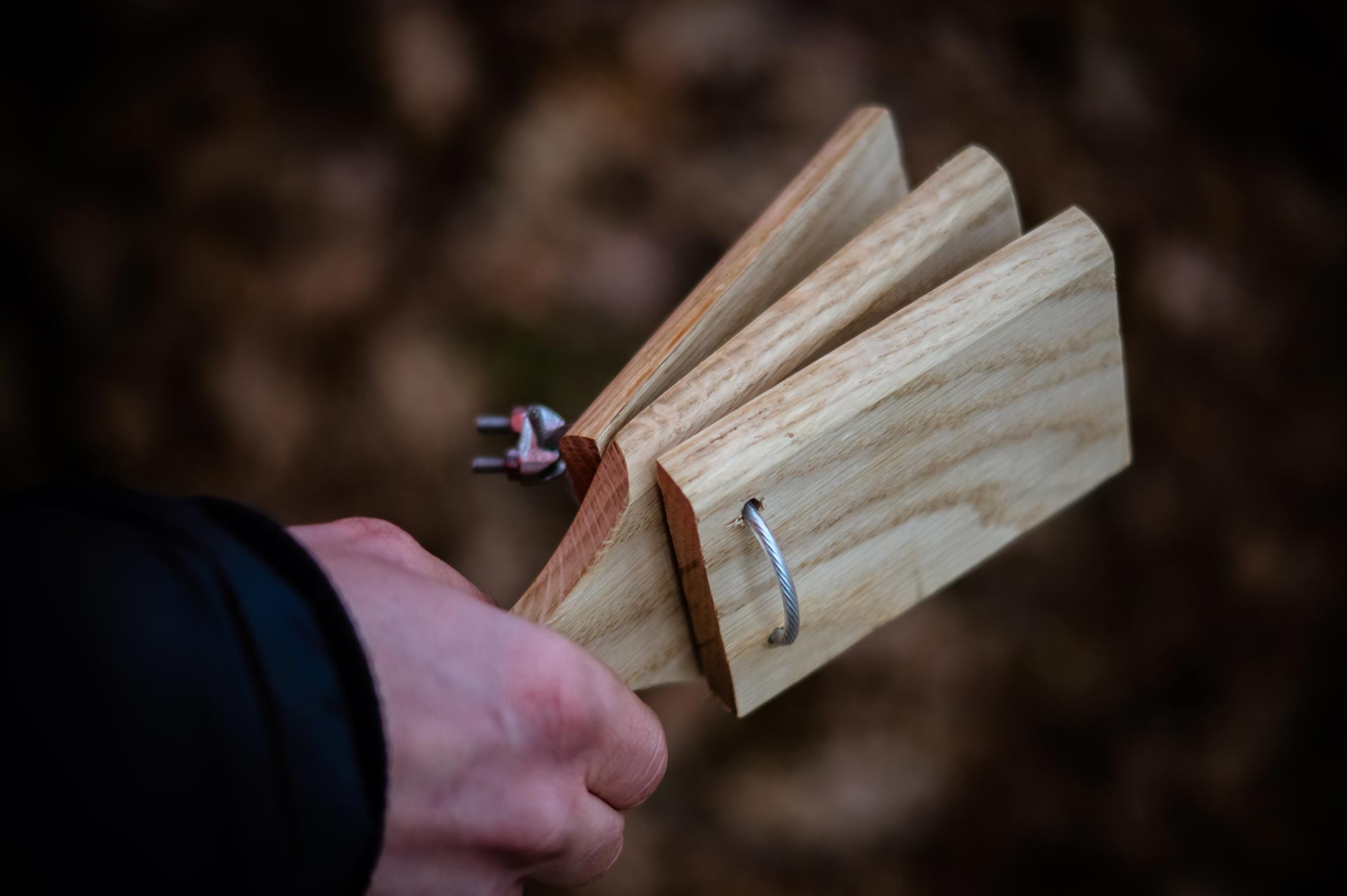
Zimowe polowanie na zające
4 grudnia, 2018[vc_row][vc_column][vc_wp_text]
I waited for this day for a very long time. The date was marked in red in my calendar, weapon and ammo waiting in the samfe. I had a memory in my mind of a special hunting during my apprenticeship. It was snowing, I have stand stand on the line with other hunter , in the distance we saw the beaters who start making noise with special wooden clappers.
Some are waiting for such a hunt for many years. In the hunter club that invited me the previous hunt for the hares took place nine years ago. Today they are organized again, and I am lucky to be able to participate in them.
Scroll down to the next part.
[/vc_wp_text][/vc_column][/vc_row][vc_row equal_height=”” background_type=”image” background_img=”7606″ background_effect=”parallax” background_img_lazyload=”1″ shift_y=”0″ z_index=”0″][vc_column][vc_empty_space height=”250px”][/vc_column][/vc_row][vc_row][vc_column][vc_wp_text]
Quick breakfast, coffee in a thermos, check the camera, glance at the thermometer outside the window – two degrees above zero (35F). According to synoptic announcements, it is going to rain in the afternoon. I keep my fingers crossed to make them wrong this time. With great hopes, I get in the car and go to the place. I approach my colleagues who already came. On this day, I have the pleasure of meeting many experienced hunter who remember hunting times when the amount of hares per litter was 300 pieces. They tell us that if 100 hares were hunted, they had bad hunting. Such numbers have not made an impression on anyone in the past. These were different times, other agriculture with less chemistry, a different size of arable fields, with a better food base. The environment in general was better for a small game. In addition, less pressure from the predators. Today, we can only dream of such hares hunting, but every colleague hope for the successful hunts.
The host invites us to the briefing, which is a bit longer this time. We are carefully discussing the security and litters. We have six litters scheduled for this day. We determine which cars we leave to improve the movement of the whole group. The beaters receive precise guidelines on how to move in the field areas, they receive wooden clappers . Let’s move!
The first litter is based on a few fields with maze stubble, plowed field and some after-crops. We approach in silence, a few pheasants fly up from nearby shrubs when we set apart on the line. This time they were lucky.
When everyone is in the position, the gamekeeper gives a sign to start the hunt. The wind blows towards the hunters’ lines, so the sound of the clappers and beaters are heard very clearly. Older friends are calm, sitting on stools with expectation from which part of the field the hare will rush. Younger, including myself, nervously look around to the right and left.
From the corner of my eye I can see how the gamekeeper trying to shoot the first hare and, surprisingly, does not pull the trigger. Beaters are approaching, the sound of clappers is getting closer and closer, the silhouettes are clear but they are still far enough away that we can give a safe shot at the litter. After a while, another hare appears in the field of view practically a dozen meters from the gamekeeper who this time makes the shot. It was a clear shot and I already see and hear that this is the first hare hunted that day. After a dozen minutes the beaters reach the line of hunters. The first litter ends with one shot and one hunted hare.
We approach the gamekeeper to congratulate him. Someone jokes that probably trained this hares from spring and this simply reacted to the call. The gamekeeper smiles and says he would have two if he first unlock his gun, and then he adds that it may be even better now because, as the tradition says, the first hare should be released from the liter without a shot.
Our group is joined by excited beaters saying that they have seen two more who have fled in the back of the litter.
Scroll down to the next part.
[/vc_wp_text][/vc_column][/vc_row][vc_row equal_height=”” background_type=”image” background_img=”7608″ background_effect=”parallax” background_img_lazyload=”1″ shift_y=”0″ z_index=”0″][vc_column][vc_empty_space height=”250px”][/vc_column][/vc_row][vc_row][vc_column][vc_wp_text]
Another litter is much bigger. This time the wind blows in our backs, we do not hear wooden clappers. In the distance, several dozens of ducks raised by a beaters are flew up from small ponds. They fly towards us, but nobody shoots. After a moment, a shot can be heard from the side, first, second, and third. Beaters approach us more and more by raising more hares from the fields. I can see one of them running towards the line to make a stop, and after a while and turn back. The next two do not stop, I put myself in a shot and The next two do not stop, shoot, miss, correcting, shoot, miss again! I keep my fingers crossed for my friend on my left who has a better eye than mine. He has a good shot. I trying to shot next hare too quickly, and I can’t stand the pressure of the previous miss. Fortunately, colleagues on the wind stangs have nerves from steel.
After the end of the litter we have a break for hot tea, sandwiches and stories who saw hare, and who was shooting. One hunter invites the trainee to show him how to get rid of urine from the hunted hare. This is an important practical lesson. Only snow is missing for our fully happiness.
Each subsequent litter is better than the previous one. However, during the fifth litter we have forecasted rain. A colleague who shot a hare missed by me in the meantime shot a few more. Happiness favored him so much that he returns from the last litter with a fox! Which confirms that there can be only one king of this hunt!
We’re back for the display of the bag. Each of the hunters will receive his hare, one will become an intern. The first hunt for hares after many years in this hunter’s club is over, it’s time to go back home and take care of the hunted hare. Which during the Christmas will be served in the form of a delicious pate. Despite the rain it was a great, emotional day!
Happy Hunting![/vc_wp_text][/vc_column][/vc_row]

